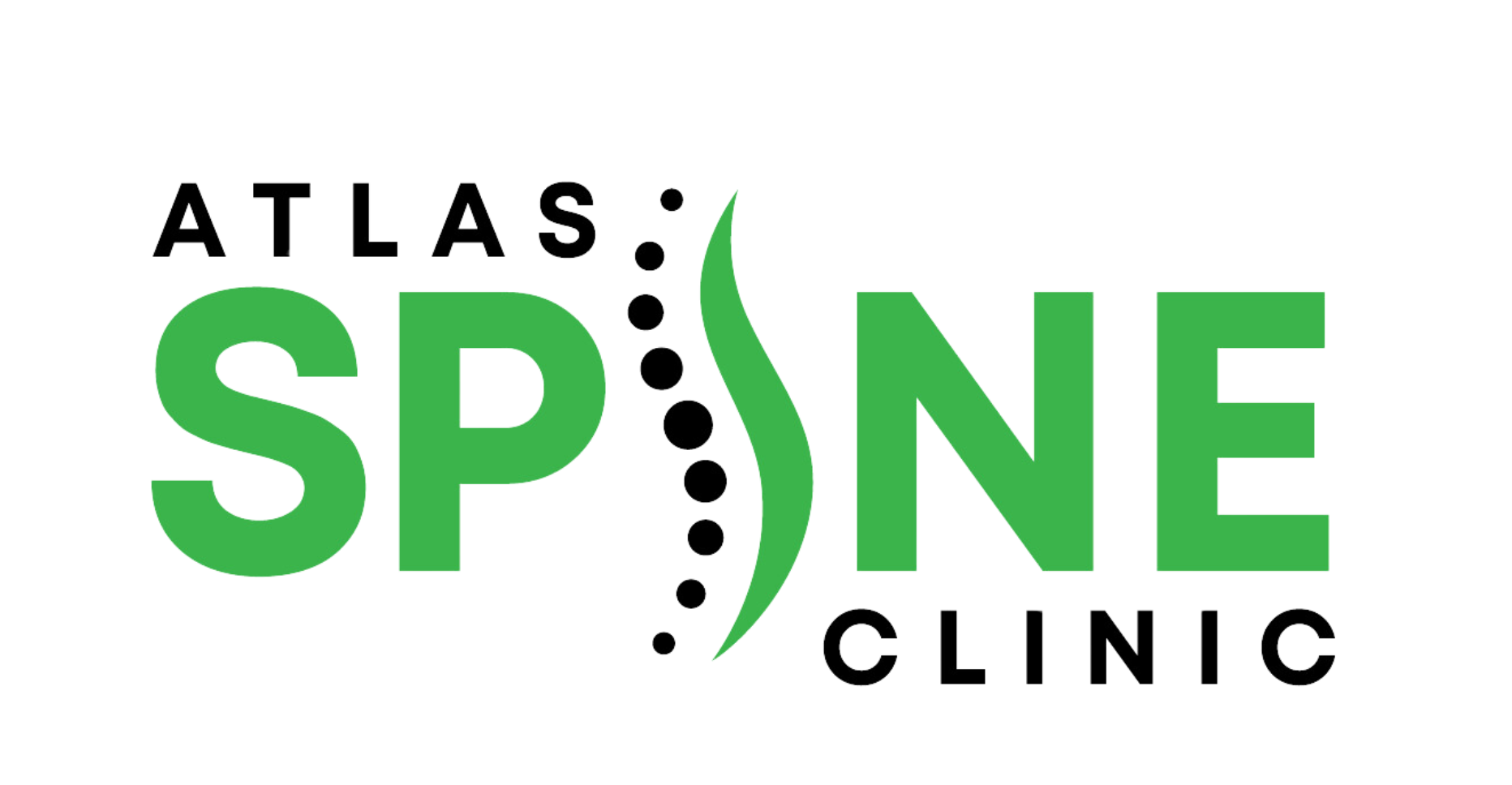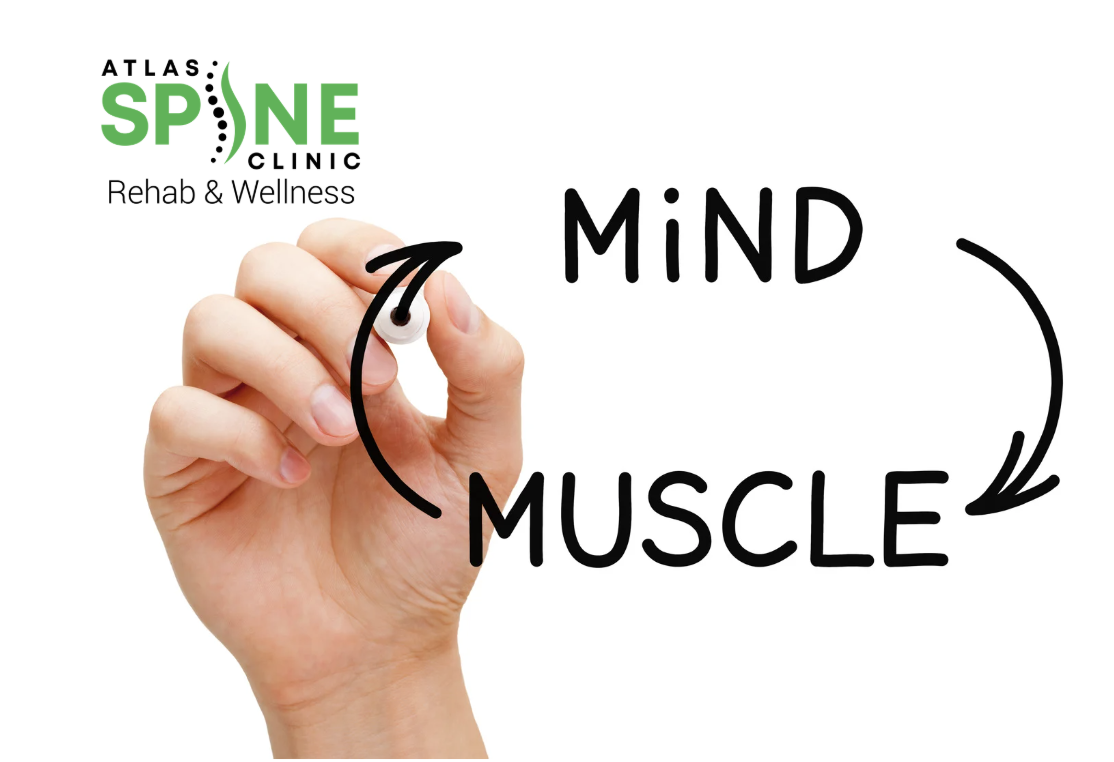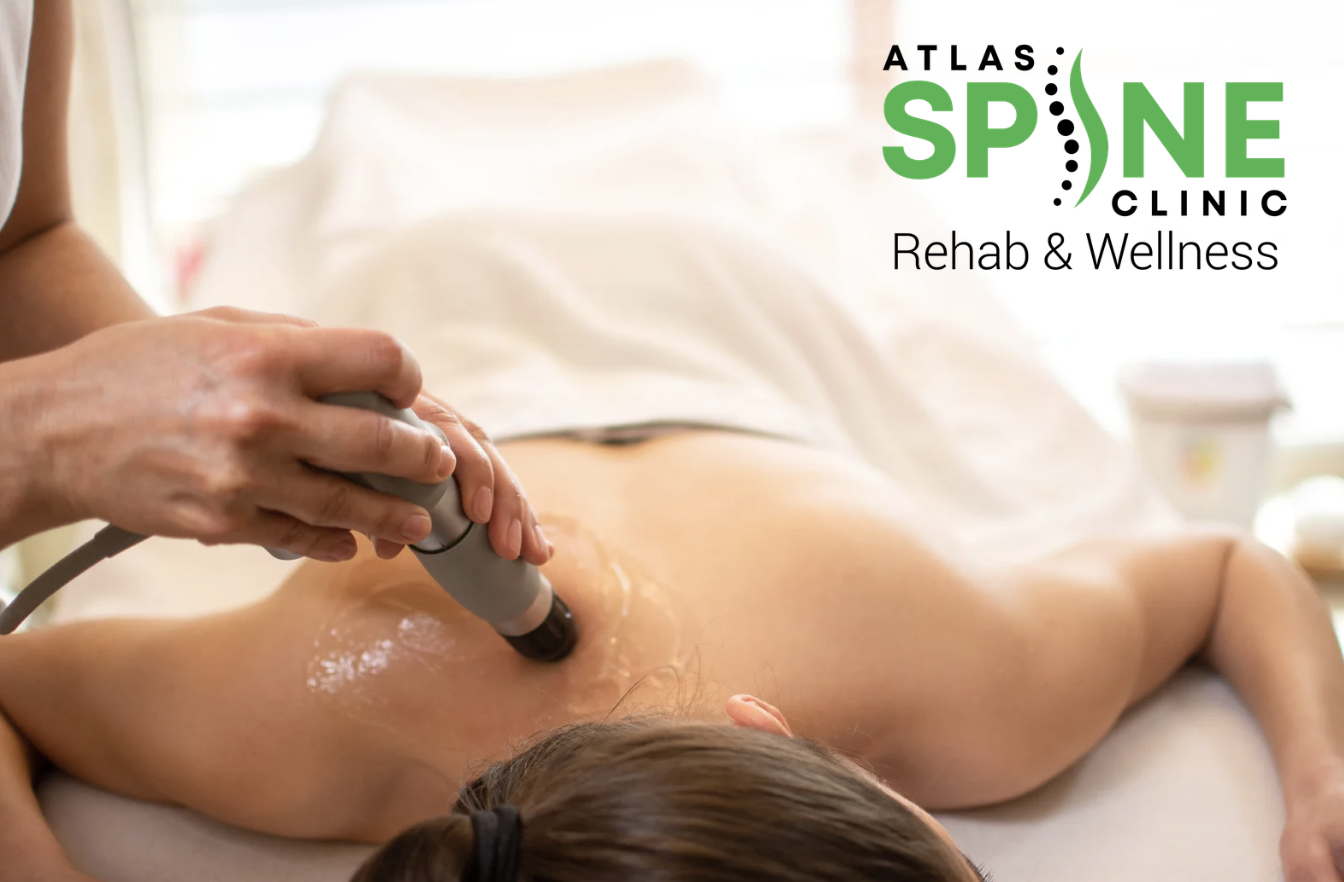Physiotherapy is no longer just for athletes or for those who are in post-surgery recovery. These days, it’s part of a bigger wellness conversation—especially if you’re living in Ontario and trying to figure out how much it’ll cost you. There’s often confusion around who qualifies, what’s free, and what’s not.
Wondering in 2025 — is physiotherapy covered by OHIP? Well, it’s not as straightforward as ticking a yes or no box. It depends on who you are and why you need it. Let’s clear up the confusion by trying to break it down.
Understanding OHIP and Physiotherapy
Before diving into coverage, let’s get one thing straight—OHIP (Ontario Health Insurance Plan) doesn’t cover all physiotherapy needs. It’s a provincial insurance plan designed to handle necessary medical services, but with physiotherapy, it draws a line.
Physiotherapy under OHIP is typically meant for patients who need rehabilitation after major health events, for example, surgeries, fractures, or strokes. The treatment is available through selected OHIP physiotherapy clinic locations that are licensed by the government.
So, if you’ve ever searched “Is physiotherapy covered by OHIP?” and landed on vague answers—now you know why. It’s conditional, and yes, the conditions matter.
Eligibility for OHIP-Covered Physiotherapy
To get OHIP-covered physio, you’ve got to meet certain criteria. Here’s what qualifies you under OHIP eligibility:
- You must have a valid Ontario health card
- You’re either:
- 65 years or older
- 19 years or younger
- Recently discharged from a hospital and need physiotherapy for recovery
- On ODSP or Ontario Works (yes, financial support counts)
So, if you fall into one of those groups, you’re in the clear. If not, well, we’ll cover your options shortly.
Just to be clear, this physiotherapy depends heavily on this eligibility list. So, no short-cuts around it.
Services Covered Under OHIP
Once you’re eligible, what do you get?
At government-funded physio clinics, you can access treatment for recovery from surgery, mobility issues, or neurological conditions. Common services may include:
- Pain management
- Injury rehabilitation
- Strength training
- Mobility restoration
The goal is to help you return to daily activities. The treatments are usually part of a structured program, not random walk-in appointments. It’s also important to note that covered physiotherapy services are often limited to what is medically necessary; this isn’t any normal spa-day relaxation therapy.
What OHIP Does Not Cover
Here’s where most people get caught off guard.
OHIP doesn’t cover:
- Preventive physiotherapy (e.g., posture correction or wellness-based therapy)
- Sports performance programs
- Therapy without a qualifying medical event
- Sessions at clinics that don’t fall under the OHIP physiotherapy clinic category
For instance, this means if you’re looking to deal with ongoing neck stiffness from remote work, you’re likely looking at private options.
Accessing OHIP Physiotherapy in Scarborough
Let’s say you live in Scarborough and qualify for coverage. Now what?
First, you need a referral from your family doctor or a discharge summary if you’re coming straight from a hospital. Then, you’ll be directed to a clinic authorized to offer OHIP-funded services.
These clinics are registered with the government and while the number in Scarborough has grown over recent years, slots can fill up quickly. Wait times vary. So planning ahead helps.
The good news? If you’re eligible, and you find a licensed provider, your answer to “Is physiotherapy covered by OHIP?” might have a silver lining.
For the most accurate updates, OHIP-registered clinics regularly receive official communications from the Ministry of Health. You can also check Ontario’s official site here to stay informed about changes in coverage policies.
Alternatives for Non-Eligible Patients
What happens next if you don’t have OHIP coverage?
Private physiotherapy is your solution. While you’ll need to pay out-of-pocket or use insurance, many private clinics offer flexible packages. Some extended health insurance plans also cover it; just make sure to check your policy.
You can also explore community-based health centres. While not completely free, these tend to be more affordable.
It might cost more, but private care can give you quicker access and customized service. Still, if cost is a barrier, it’s worth comparing OHIP vs private physiotherapy to see what best fits your needs.
FAQs
How many physiotherapy sessions does OHIP cover?
– There’s no universal number. It depends on your condition, recovery plan, and the clinic’s assessment. Some patients might get 6 to 8 sessions, while others could qualify for more if progress is being made.
Can I get OHIP-funded therapy without a doctor’s referral?
– Not usually. Most OHIP-covered physio programs require a physician’s referral, unless you’re coming directly from a hospital stay. Always check with the clinic first.
What’s the difference between private and OHIP-covered physiotherapy?
– Private physio usually offers more flexible scheduling, specialized equipment, and customized programs. OHIP-covered services stick to essential treatments based on medical need. So, the choice depends on urgency, availability, and budget.
Is physiotherapy covered by OHIP for back pain or injuries?
– Yes, if you meet the eligibility requirements and your back pain is connected to a hospital discharge, surgery, or a medical necessity. Otherwise, you’ll likely need to go private.
Can I access OHIP physiotherapy in Scarborough?
– Definitely. Scarborough has several approved clinics. Just make sure you have your Ontario health card, meet the criteria, and get a referral if needed.
Is Atlas Spine Clinic covered by OHIP for physiotherapy?
– No. Atlas Spine Clinic is a private clinic and does not offer OHIP-funded physiotherapy. However, you’ll get personalized, high-quality physiotherapy services covered under a private insurance plan.
Conclusion
So, is physiotherapy covered by OHIP in 2025? Yes, although for selected individuals meeting certain criteria. If you’re a senior, a youth, recently hospitalized, or receiving social support, you can access essential physio treatments at no cost.
Still, OHIP doesn’t cover everything. Considering preventive or non-critical therapy? That’s where private clinics come in. The good news is Ontario’s system gives you options. Whether you’re eligible or not, recovery and wellness aren’t out of reach—you just need to know where to start.






